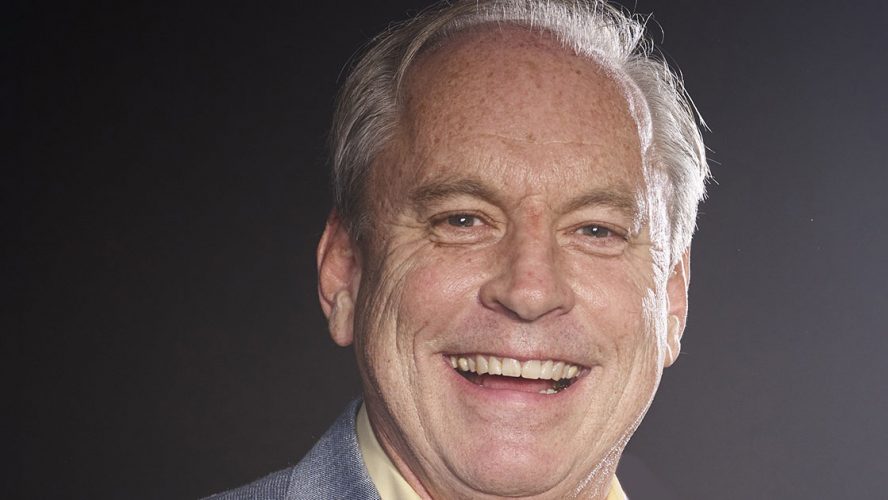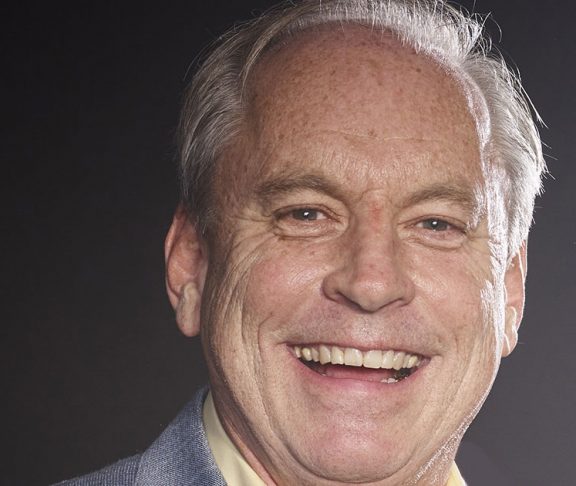Bob Phibbs, AKA The Retail Doctor, is a motivational speaker, business consultant, retail trainer, and passionate champion of brick-and-mortar shops. As he puts it, “I help stores sell more stuff.” Phibbs offered his insights on how the COVID-19 pandemic affected retail, and what businesses can do to gear up for a potential mass post-pandemic return to in-person shopping.
What are the biggest challenges facing modern retailers today and what advice would you provide to these businesses?
I think you have too many places to buy too much of the same thing. The old model of buying unique and then being the only one with that thing in town is over. The only way to compete is your employees and your service, and that’s going to take training.
And it’s not just doing training to be done with it — training is a way of life. You look at some of the premiere retail brands like LuluLemon, Starbucks, and The Container Store, and lots of others who have understood this. It’s about elevating this culture and this feeling that employees are your greatest asset. And then from there, the way you treat your employees is the way you treat your customers.
With shopping behavior drastically changing in the past year, what steps do you recommend retailers take to improve their customer experience?
The danger for a lot of retailers is that they won’t bring as many people back, because they’ll tell themselves that online has grown so much. Well, online grew out of necessity. I don’t think anyone wants to (like I did the other day) scroll the Nordstrom app, and by picture 200 be wondering, “Why am I even here? This is pointless.” So people are going to want to come back into stores to shop.
And you also have to understand that you’re going to need to get full value for your merchandise, and that means you’re going to have to train employees how to sell it, and not just be friendly.
If you’re selling a $100 shirt, and I work there and I can’t afford it, but it goes on sale for 50 percent off, now I can sell it. Except that’s not what they’re supposed to do. You mark it to 50 percent off so that it sells itself. You hire somebody to sell it at 100 bucks to pay for their salary. Everyone is saying it’s all about “click and collect” — no, no, no, you’re gonna have to get margin on this stuff.
That’s the one that’s going to trip so many up, because people are going to have piles of merchandise, and they still haven’t solved “How do I convert a looker into a buyer?” And if you can’t do that, you’re little more than a warehouse, like Amazon. And customers will say, “I can get that at Amazon, so why am I driving out of my way to go to your store? I’m not.”
What long-term changes do you foresee the ongoing pandemic having on the retail industry?
Digital natives are going to continue to downplay stores and say they’re irrelevant, while I think the smart retailers are going to understand that stores are still the hub that everything else comes from. Customers are going to want to stay local for the foreseeable future, and I think the closer you can get to the customer, the better.
With changes in almost everything about retail, it’s harder than ever to keep everyone up to date and on the same page. SellPro fuses micro-learning and gamification with rewards, communication tools, job aids and more in a modern app that retail personnel want to use every day.
Everyone has to realize that the customer is the most important thing; you drop everything to help them. As long as we realize that, I think we can get past the “You’re red, you’re blue, you’re horrible, you’re a loser,” and realize that we really are more alike. And that’s what retail’s point is. It’s about talking to someone and making them feel, for that one minute, that they’re the most important person in the world. That’s what builds that gossamer thread between people and communities.
One last thing I say at the end of all my speeches right now: Back in 1918 when the Spanish flu hit, and we lost 600,000 people, the media were saying, “This will change retail forever,” and “This will change shopping forever.” And then a year later we were at crowded speakeasies drinking bathtub gin.
People are pretty predictable; they’re going to want to go back to what they’re familiar with. And these doom-and-gloom sayers, I think they’re going to be proven wrong.

